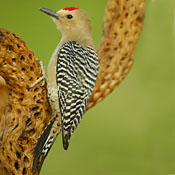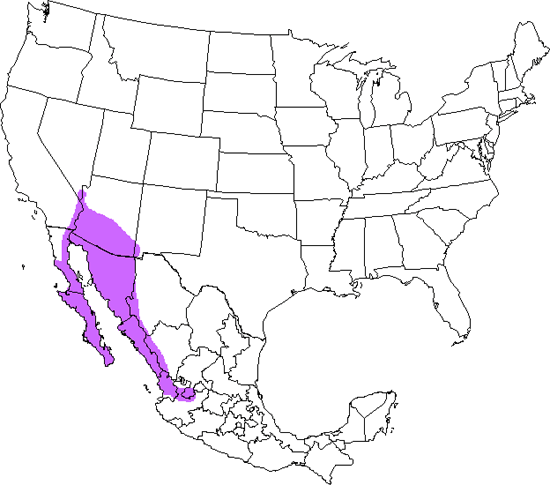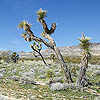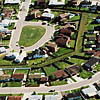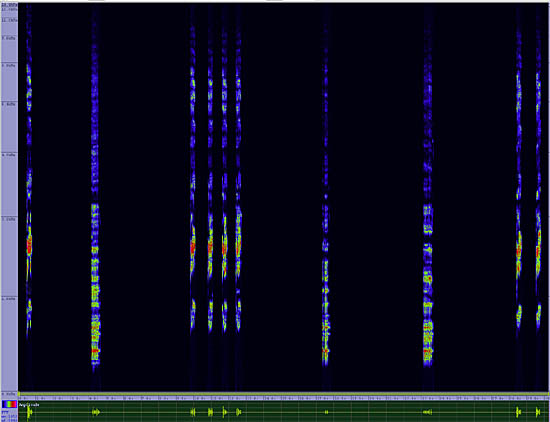Gila Woodpecker
Melanerpes uropygialis

Tree Clinging
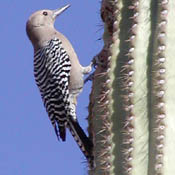
Length: 10 in. (24 cm )
A desert species, the Gila Woodpecker makes nest holes in Saguaro cactus, riparian trees and buildings. These holes are often used by many other cavity nesting birds that can not make their own holes. This woodpecker adjusts readily to humans and is common in desert cities and suburbs. It feeds on insects, fruit and berries, and has been known to eat bird eggs.
The four-digit banding code is GIWO.
Bibliographic details:
- Article: Gila Woodpecker
- Author(s): Dr. Biology
- Publisher: Arizona State University School of Life Sciences Ask A Biologist
- Site name: ASU - Ask A Biologist
- Date published:
- Date accessed:
- Link: https://askabiologist.asu.edu/activities/bird/gila-woodpecker
APA Style
Dr. Biology. (). Gila Woodpecker. ASU - Ask A Biologist. Retrieved from https://askabiologist.asu.edu/activities/bird/gila-woodpecker
Chicago Manual of Style
Dr. Biology. "Gila Woodpecker". ASU - Ask A Biologist. . https://askabiologist.asu.edu/activities/bird/gila-woodpecker
Dr. Biology. "Gila Woodpecker". ASU - Ask A Biologist. . ASU - Ask A Biologist, Web. https://askabiologist.asu.edu/activities/bird/gila-woodpecker
MLA 2017 Style
Be Part of
Ask A Biologist
By volunteering, or simply sending us feedback on the site. Scientists, teachers, writers, illustrators, and translators are all important to the program. If you are interested in helping with the website we have a Volunteers page to get the process started.

